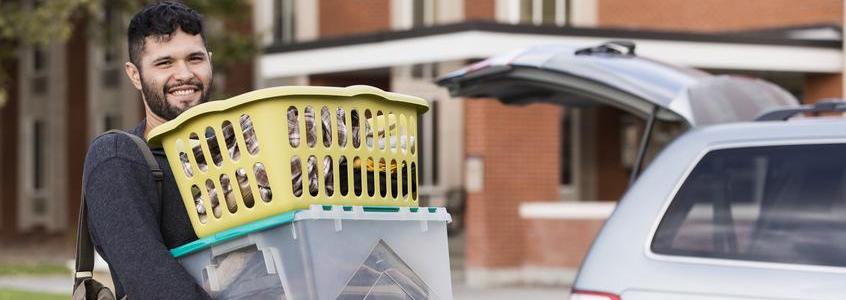- BLOG HOME
- »
- Research Services
- »
- Stem the Tide of Stop-Outs

Stem the Tide of Stop-Outs
Despite their best intentions, students’ journeys may derail at some point on their way to earning their degree. Personal or family issues, illness, financial challenges, or a myriad of other life events may cause learners to step away from their education.
These learners, known as stop-outs, are of concern and a potential sign of staying out — a more serious issue. Stay-outs refer to when students decide, either actively or passively, to halt their education entirely.
Pandemic Drives More Stop-Outs
The pandemic has impacted the lives of students, representing yet another reason they may decide to take time off because of family and/or financial reasons. Many students who attend a community college are especially of concern for stopping or staying out.
According to the Spring 2022 Current Term Enrollment Estimates report, community colleges continued to suffer the most, with 351,000 fewer students or a drop of 7.8%. This decline represents more than half of the total postsecondary enrollment losses this term and amounts to a total loss of more than 827,000 community college students since spring 2020.
What Happens When Students Stop Out
One consequence for students who stop out of a program is the inability to retrieve their school records, which schools generally withhold access to until students are current on their tuition payments or other fees. This can create even more issues as students may struggle to borrow additional funds to continue their educational careers.
Impacts are not only financial. Putting education on hold can be mentally and even physically damaging for students as well. It is a situation that negatively impacts students, colleges and society itself. Some groups are being proactive in producing ways to potentially stem the tide of stop-outs.
Stemming the Tide of Stop-Outs
In an article for Community College Daily, Douglas Guth writes of some efforts being undertaken by schools to address enrollment declines include an Ohio consortium attempting to “end ‘stranded credits’ for stopped out students.”
The article describes the Ohio college compact that allows students with stranded credits to honor their bills and find suitable re-reenrollment at eight Northeast Ohio institutions. The goal is to re-enroll more than 60,000 students who have “some college and no credential.”
According to the report, “Some College, No Credential Student Outcomes Annual Progress Report – Academic Year 2020/21,” despite the COVID-19 pandemic, more than 944,000 students aged 18 to 64 with some college, no credential re-enrolled during the 2020-21 academic year, and more than 60,000 earned their first-ever postsecondary credential, including more than 18,000 bachelor’s degrees. Furthermore, 61.1% of those who re-enrolled in 2019-20 either persevered into the second year or attained a credential within a year of re-enrolling.
Colleges are also seeking help through the federal Higher Education Emergency Relief Fund, which was set up to provide support for continued enrollment support during the pandemic. For example, Wayne Community College in North Carolina brought back 41 of 250 identified students through the fund, according to the Community College Daily article.
Brandon Jenkins, vice president of student and academic services at Wayne Community College, said in the article: “We want students to know that we miss them, and they can come back when they are ready. It is about making a difference in the relationships we’re establishing with them.”
Ongoing communication, education, and information also are important to ensure students understand what their options may be, how to seek assistance, and that their schools care about them and their ability to complete their degree.
For assistance in leveraging data and services to stem the tide of stop-outs, contact your Clearinghouse regional relationship manager.
“…despite the COVID-19 pandemic, more than 944,000 students aged 18 to 64 with some college, no credential re-enrolled during the 2020-21 academic year, and more than 60,000 earned their first-ever postsecondary credential, including more than 18,000 bachelor’s degrees.”
Additional Resources:



